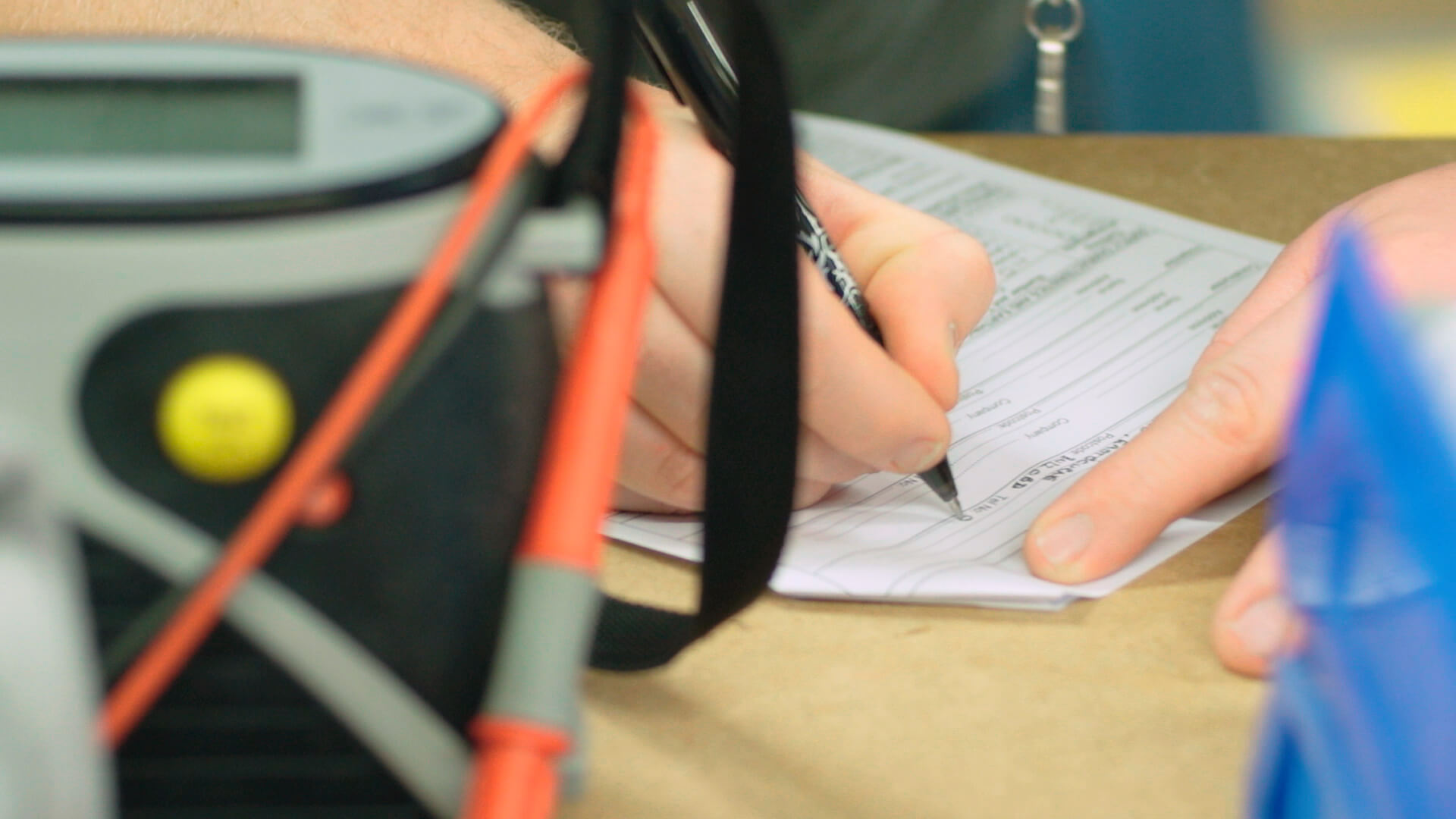What does it mean to be Part P qualified?

There is a common misconception that to be “Part P qualified” simply means getting your Part P of the Building Regulations qualification, but that isn’t correct. Many who work in the building trade may be aware of the term Part P and know somewhat of its importance, but what does it truly mean to be Part P qualified and whose responsibility is it to ensure work meets Part P?

What is Part P?
Part P of the Building Regulations, was introduced in 2005, as a set of electrical safety rules which apply to domestic premises in England and Wales. Within Part P, it breaks down electrical work into two categories: minor works and notifiable works.
Minor work is extending or altering any existing circuits (or like for like replacements) and notifiable work is new circuits, house rewires, consumer unit changes and work in a special location (such as a bathroom).
All notifiable work requires you to notify your local building control and have the work signed off by a registered electrician, who is registered with a Part P Scheme Provider.
However, it is ultimately the homeowner or landlords’ responsibility to ensure all electrical installation work in the home meets Part P of the Building Regulations, this includes hiring an electrician who is competent.

The different types of Part P
Although there is only one type of Part P, it is quite common that you will hear of two different types referred to and it’s important that you know the difference, whether you are new to the trade, an electrician looking to sign off work or a homeowner having work done.
Part P of the Building Regulations qualification
Tradespeople can gain a qualification in Part P of the Building Regulations, for example the City & Guilds 2393-10 Level 3 Certificate in the Building Regulations for Electrical Installations in Dwellings, which will demonstrate knowledge on these regulations, however, this qualification alone is not enough to prove the competency of an electrician to sign off notifiable work. It simply shows that the person has knowledge of what Part P of the Building Regulations involves.
Part P Competent Person Scheme
Part P Competent Person Schemes operate just like Gas Safe does for gas fitters, with annual memberships and regular on site assessments to independently verify your skills and competency and ensure you are up to date with the current Regulations.
No matter a person’s skills or qualifications, this is the only way for anyone to sign off their own notifiable electrical work.

What this means for homeowners
It is the homeowner or landlords’ responsibility to ensure all electrical installation work in the home meets Part P of the Building Regulations, this includes hiring an electrician who is competent.
This is easily done by hiring a registered electrician (who is a member of one of the aforementioned Part P Scheme Providers), as they will have been independently assessed to prove they are competent to carry out work and had their qualifications verified.
If you cannot prove that the work carried out in your home meets Part P, then you will be committing a criminal offence and risk your local authority asking you to remove any work that fails to meet Building Regulations. For this reason, it is strongly advised that you hire a registered electrician to carry out work in your home.
It’s important that you understand if someone just simply has a Part P of the Building Regulations qualification, that doesn’t mean they are qualified to sign off notifiable work and you should be wary of anyone who shows just this qualification as proof of their competency.
Homeowners should also be aware of the paperwork you should receive once electrical work is completed in your home. Whether you have minor works or notifiable work carried out, it’s important you obtain these electrical test certificates as proof that the work which has been carried out is safe. This can be used as proof if the Local Authorities become involved or with insurance providers.
You can find a registered electrician or check that your electrician is registered with a scheme by going to the Electrical Competent Person Register and putting in either the company name or your postcode.

What this means for tradespeople
Tradespeople cannot sign off their own notifiable electrical work by just obtaining the Part P qualification. You will need to join a Part P Scheme Provider in order to sign off your notifiable work. The most notable Part P Competent Person Schemes are NICEIC and ELECSA.
If you wish to carry out your own notifiable work and be able to sign it off, you can do so by joining a Part P Scheme Provider, who will independently verify that you are competent and qualified.
In order to join, you will need to have the current Edition of the Wiring Regulations qualification and also be able to demonstrate your knowledge on Part P of the Building Regulations and testing and inspecting, both of which can be done through qualifications.
Once you have had your assessment with the Part P scheme, you will then be a registered electrician and be able to sign off your own notifiable work.
It is strongly recommended that if you are not qualified or competent to carry out electrical installation work in domestic premises, simply do not do so.
Back to blog



